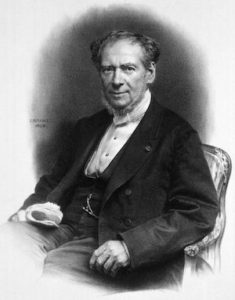From the Editors: The PRP Community had long lamented the lack of PRP research until Thomas Jefferson University began genetic research in 2012. Three years later TJU initiated a clinical research ieffort that continues today. Recently Yale University has committed to genetic research, a PRP patient registry, and a Burden of Skin Disease study.

Why participate in PRP research at Yale and TJU?
Like many rare disease communities, the PRP community laments the snail’s pace at which PRP research progresses. What should we expect – it took 61 years just to get the name right. But with your help, we can be part of research that goes beyond description and uncovers the genetic basis for PRP, creates effective treatments, and possibly discovers a cure. Be part of PRP history.
1828
James Shooter became the world’s first patient with what the medical community would eventually call pityriasis rubra pilaris.
1835
Claudius Tarral wrote about the case in “Traite theorique et pratique des maladies de la peau” (Treatise on Skin Diseases), considering it a variant of psoriasis.
 1856
1856
Marie Guillaume Alphonse Devergie published the most complete description of PRP. In fact, it was considered to be the “original description” of PRP
1877
Dr. Richaud was the first to recognize PRP as a distinct entity, in his publication “Etude sur le pityriasis pilaris.”
1889
Ernest Bernier presented nine cases in a 120-page article and forever fixed the name of the disease as pityriasis rubra pilaris.
It’s November 1, 2017 and in the 128 years since Mr. Shooter’s onset of pityriasis rubra pilaris. The PRP community has information researchers want.
❏½ To learn more about PRP Research opportunities CLICK HERE
❏½ For a more detailed history PRP (1828-1889) CLICK HERE
OTR025.5 TJU & Yale Seek Research Partners
